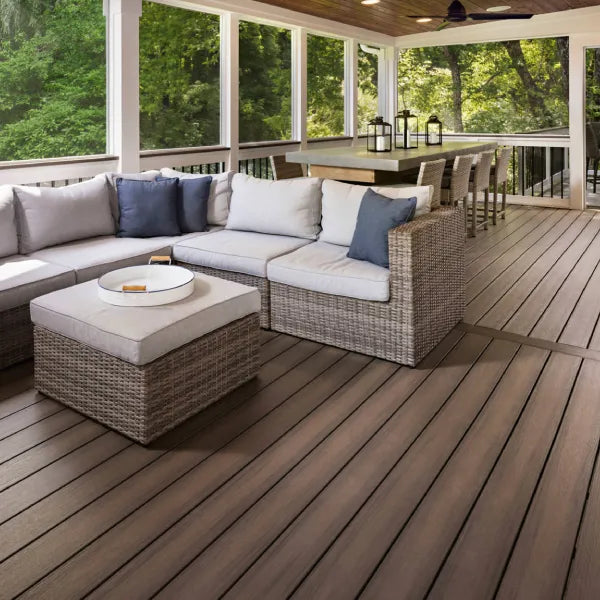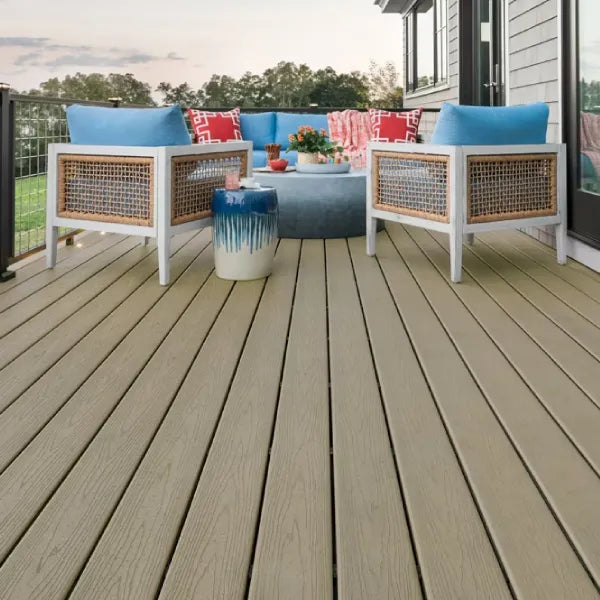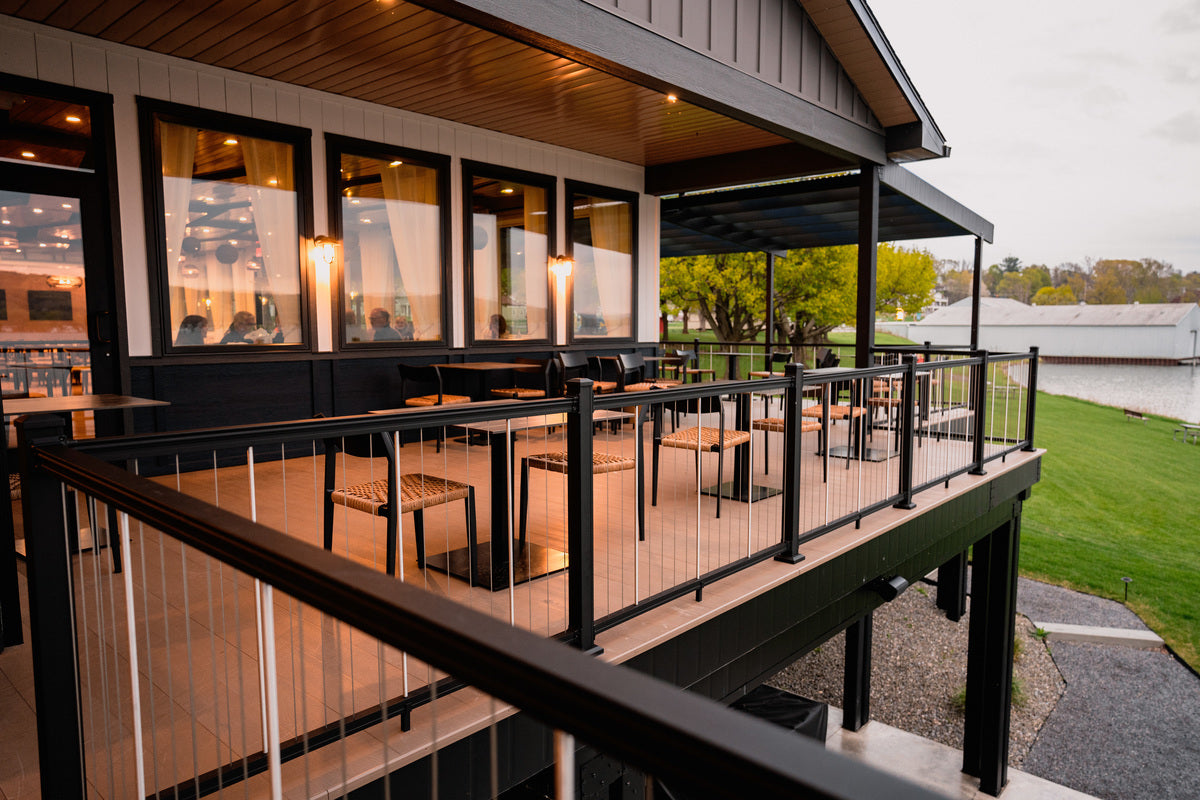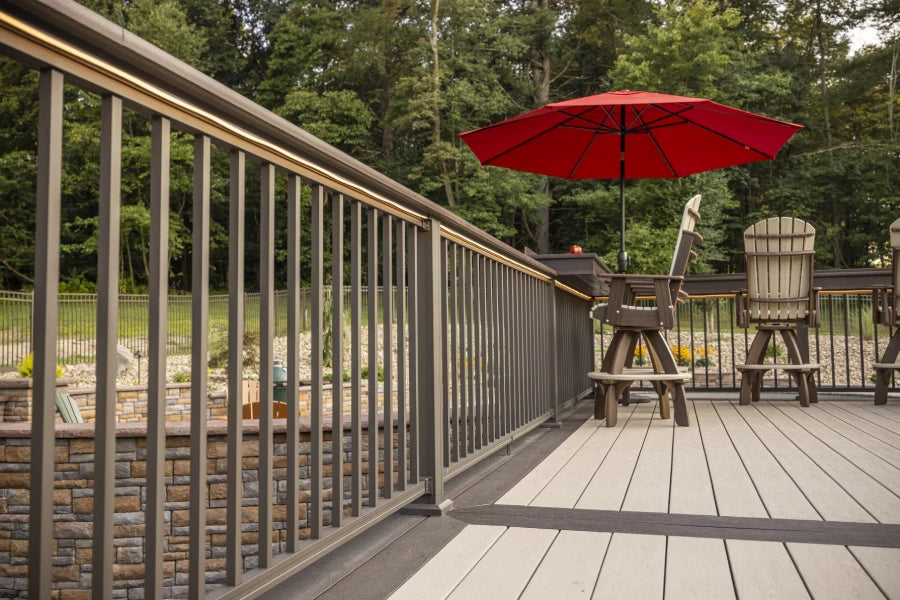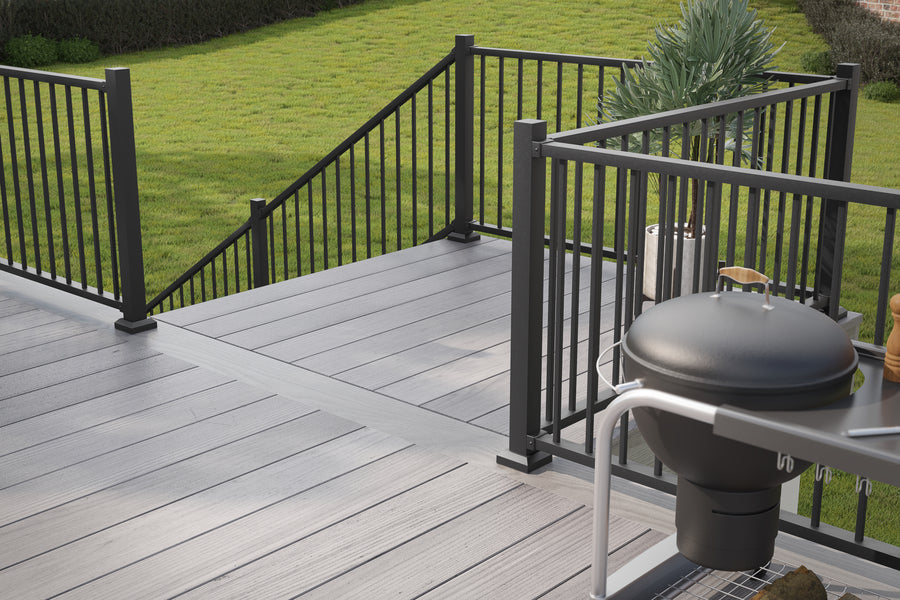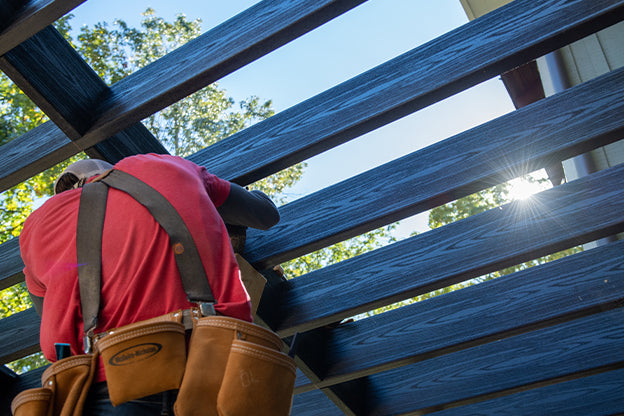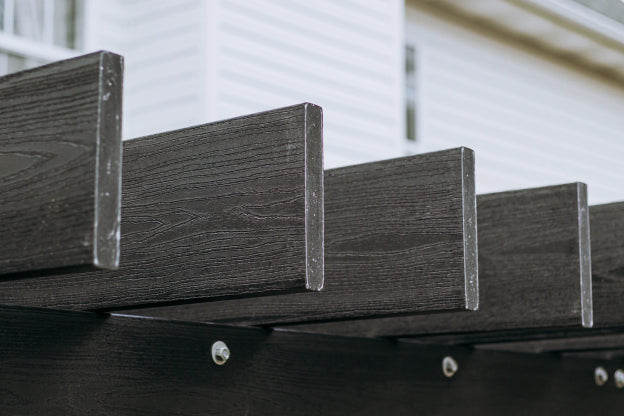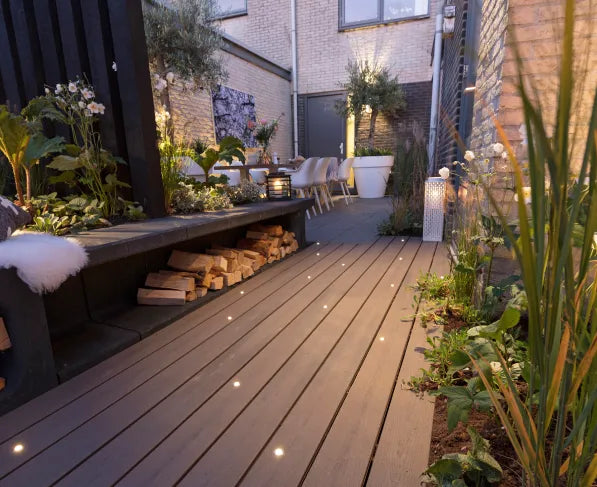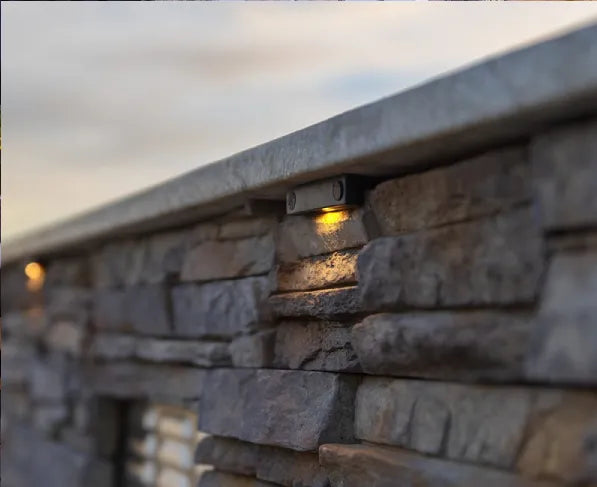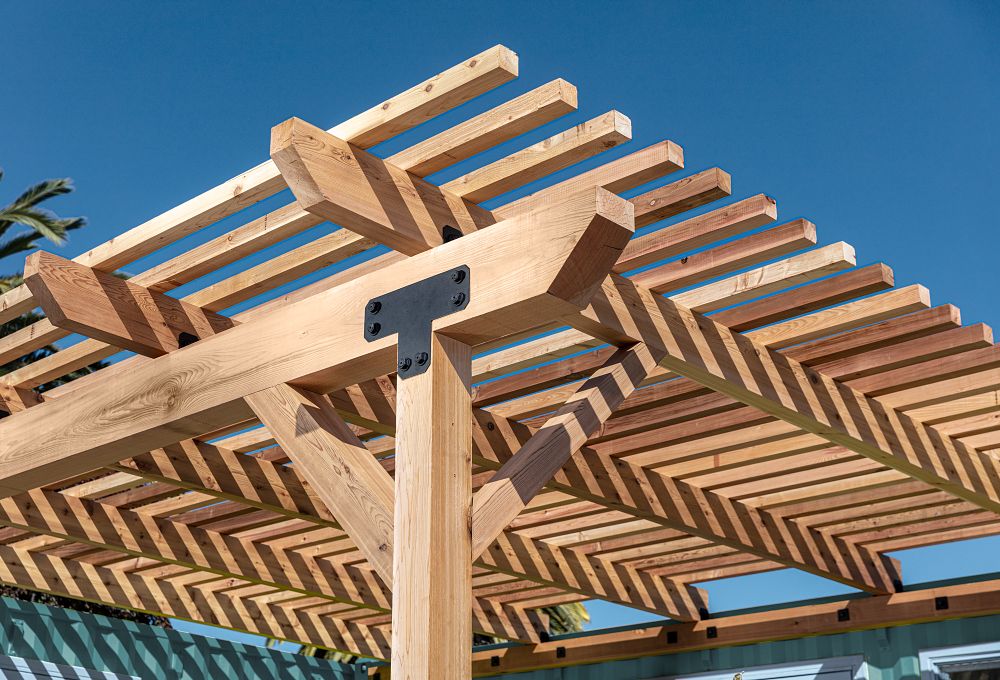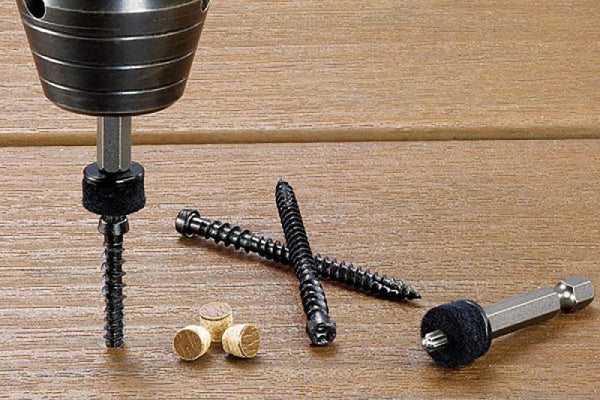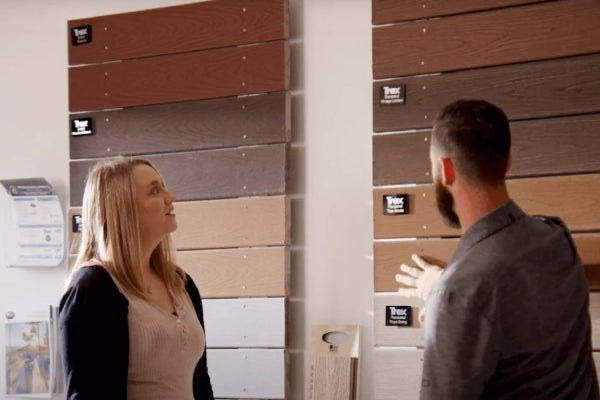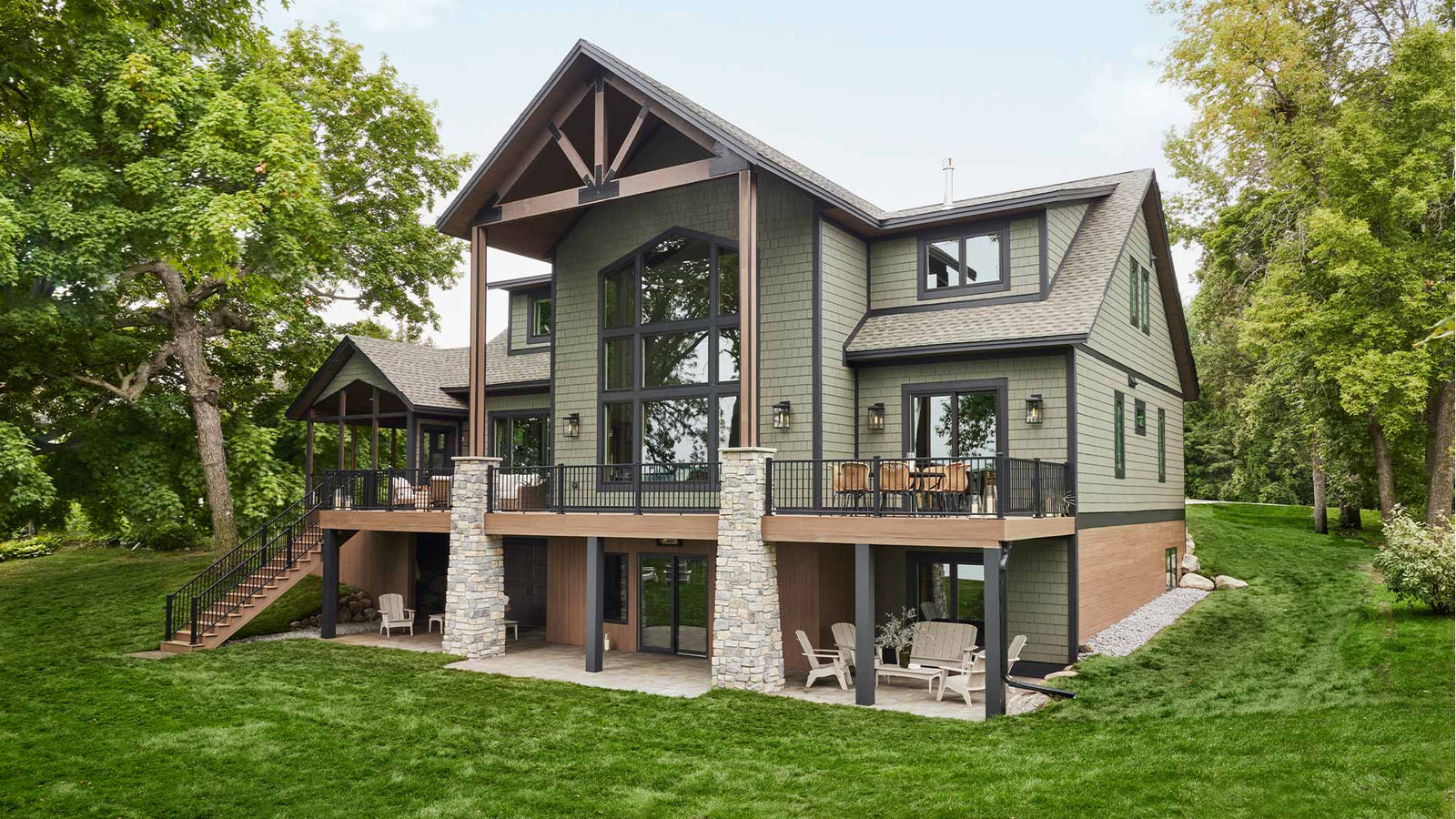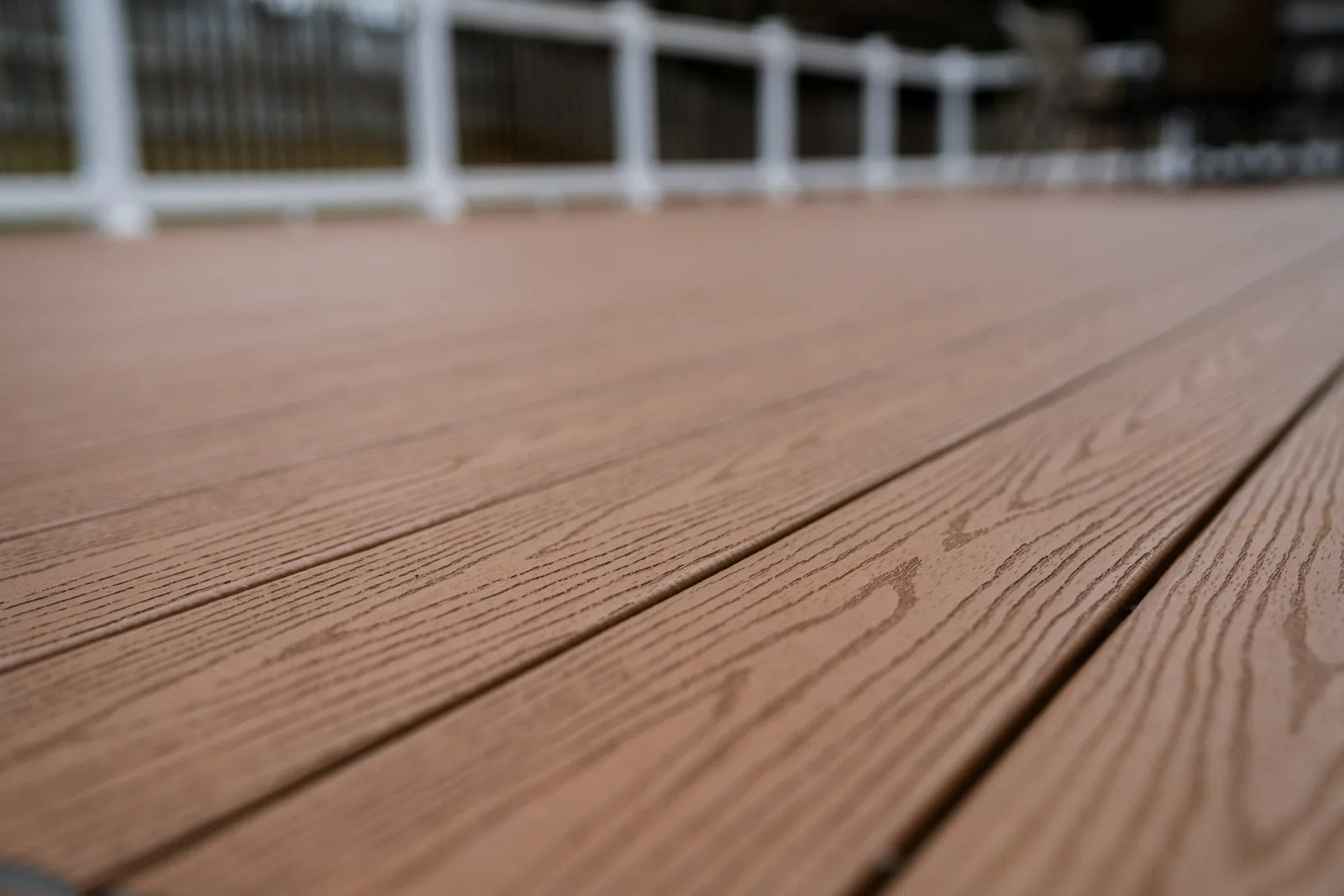A Guide to Deck Fascia
You’ve picked out your decking, visualized your layout, maybe even planned the lighting—but what about the finishing touches? This is where fascia boards come in. And if you’re scratching your head wondering, What is a fascia board?, you’re not alone. It's a common question, and the answer matters more than you might think. Whether you're building a new deck or updating an old one, knowing what deck fascia is—and why it matters—can help you create a polished outdoor space you'll genuinely love spending time in.
First Things First: What Is a Fascia Board?
At its core, a fascia board is a finishing trim. It’s the board that runs around the outside edge of your deck, hiding the ends of your joists and giving the whole thing a more complete look. Think of it as the frame that outlines your outdoor space—sort of like a picture frame.But it's not just about appearances. Fascia also plays a functional role. It helps protect your deck’s structure from moisture and pests while covering up any exposed framing that might otherwise be left open to the elements.So, while fascia might not seem important at first glance, it’s one of those small details that can make a big difference.
Why Bother With Fascia?
Let’s be real—when you’re budgeting for a deck project, it’s tempting to skip the extras. But skipping fascia might be a shortcut you regret later. Here’s why it matters—it finishes your deck. No one wants to spend all that time and money on a beautiful deck only to have it look half-done. Fascia ties it all together.
It protects your investment. Exposed framing can absorb water over time. Fascia acts like a shield, helping keep that water out.
It helps hide imperfections. If your cuts aren’t 100% perfect (hey, no shame—decking can be tricky), fascia can cover them and give everything a cleaner appearance.
If you've ever seen a deck that just looked “off” but couldn’t quite say why—it probably didn’t have fascia.
What Is Deck Fascia Made Of?
There are several deck fascia board options, and the one you choose can depend on your deck material, climate, and budget. Let’s walk through three common choices.
1. Composite Fascia
Composite fascia is one of the most popular picks today, and for good reason. It’s low maintenance, resists rot, and comes in colors that match or complement your decking.
If you’re already using composite deck boards, going with the same brand for your fascia creates a seamless look. Brands like TimberTech, Trex, and Deckorators offer fascia boards designed to coordinate with their deck boards perfectly.
2. PVC Fascia
PVC fascia is another high-performance option. It’s super durable, moisture-resistant, and won’t warp or split like wood might. TimberTech, for example, is known for its PVC deck fascia. It’s a smart choice if you live somewhere with a lot of rain or humidity. Available in a variety of colors, PVC fascia can lend your deck a sleek, sophisticated appearance.
3. Wood Fascia
Classic and budget-friendly wood fascia boards are still a solid option—especially if your deck is built with pressure-treated lumber. Just be aware that the wood fascia needs regular upkeep. It can crack or warp over time if not sealed properly.If you’re going this route, choose a rot-resistant species like cedar or redwood and make sure to paint or stain it for added protection.
How Is Fascia Installed?Installing fascia sounds more intimidating than it is. If you’re working with a contractor, they’ll take care of it—but it’s still helpful to understand the process.Fascia boards are typically installed after the decking is laid. They’re attached to the outside rim joist of your deck and fastened with either screws or hidden fasteners. In some cases, a bottom trim piece is added to hide the seam where the fascia meets the frame.If you're going the DIY route, just take your time measuring and cutting—especially at corners. And remember: fascia is decorative and protective, but it’s not structural. So, it doesn’t need to support weight; it just needs to look good and hold up to the elements.
A Few Pro Tips
- Leave room for expansion. Composite and PVC fascia can expand and contract with temperature changes, so follow the manufacturer’s recommendations for spacing.
- Use color-matched screws. It’s a little thing, but it keeps the look clean and cohesive.
- Seal cut ends on wood. If you’re using wood fascia, sealing the ends can help prevent moisture from sneaking in.
How to Match Fascia to Your Deck Style
This part’s kind of fun. Your fascia doesn’t have to blend in—it can also pop and contrast. If your deck boards are a neutral color, consider choosing a fascia with a darker or lighter shade for contrast.On the other hand, if you want a sleek, uninterrupted design flow, go with a fascia that matches your decking exactly. This creates a cohesive wraparound look that’s especially striking with wide staircases or multi-level decks. Don’t forget that fascia can also pair with skirting or trim details, giving your deck a more custom feel.
Choose Quality Fascia Boards from The Deck Store
Fascia boards aren't just decorative—they protect your deck, prolong its life, and boost your home's curb appeal. Whether you're a dedicated DIYer or prefer the ease of professional installation, choosing the right fascia boards is a decision you'll appreciate every time you step onto your deck. After all, a beautiful, well-maintained deck isn't just a structure—it's the heart of your outdoor living space. Ready to upgrade your deck's appearance and protection? The Deck Store has everything you need to transform your outdoor space into something truly special. Explore our wide range of fascia options today.
FAQ
Can I add fascia boards to an existing deck?
Yes, fascia boards can be added to an existing deck as a retrofit. Installation involves attaching the fascia directly onto the existing rim joists and blocking.
Do fascia boards require maintenance?
Composite and PVC fascia require minimal maintenance, typically only occasional cleaning. Wood fascia boards require periodic staining, sealing, or painting to prevent weathering and deterioration.
Can I replace fascia boards without replacing my entire deck?
Yes, damaged or worn fascia boards can usually be replaced without altering the deck structure or decking itself, making repairs straightforward and very cost-effective.
 This item ships for FREE!
This item ships for FREE!